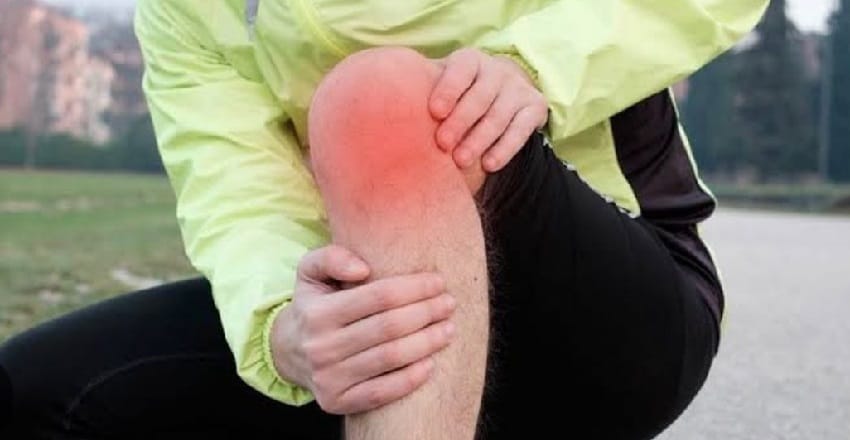Timeless Wisdom of Our Ancestors: The Ideal Timeframes for Eating and Sleeping
The rhythms of the day, as guided by Ayurveda, align with the natural cycles of the doshas: Vata, Pitta, and Kapha. Understanding these timeframes can help balance your body and mind for optimal health.
Vata (2 a.m. to 6 a.m./Sunrise): This is a time of lightness and movement. Wake up before 6 a.m. to align with Vata’s energy and promote the elimination of body wastes. Use this period for meditation, pranayama, or planning your day.
Kapha (6 a.m. to 10 a.m.): Kapha brings stability and strength. Engage in physical exercise during this period, as your stamina is at its peak. This is also a good time to focus on work or activities requiring concentration.
Pitta (10 a.m. to 2 p.m.): The digestive fire is strongest in this window. Consume your main meal during this time for optimal digestion and absorption of nutrients.
Vata (2 p.m. to 6 p.m./Sunset): Vata returns, promoting movement and lightness. Choose lighter meals and gentle activities to maintain balance.
Kapha (6 p.m. to 10 p.m.): This is the time to wind down. Retire to bed before 10 p.m. to honor Kapha’s calming influence and prepare the body for restful sleep.
Pitta (10 p.m. to 2 a.m.): Avoid eating during this phase, as the body’s energy focuses on repair and rejuvenation. Late-night meals disrupt this natural process.
Why Are Aches and Pains Becoming So Common?
The colder, drier months from November to February are governed by Vata, making the body more prone to imbalances. When Vata becomes aggravated, it manifests as dryness, coldness, and excessive movement in both the body and mind.
Common Symptoms of Vata Imbalance:
- Dryness: Skin, hair, lips, joints, and internal systems (bloating, gas, constipation).
- Coldness: Poor circulation, muscle spasms, asthma, or tightness in the body.
- Restlessness: Anxiety, fidgeting, palpitations, or waking up between 2-4 a.m.
- Lightness: Feeling ungrounded, dizziness, or excessive movement (muscle twitching).
Managing Vata Imbalances: Practical Tips
1. Hydrate with Warm Liquids
Sip warm water or herbal teas to keep the body hydrated and nourished.
2. Abhyanga (Self-Massage)
Regularly massage your body with warm sesame oil to ground Vata and promote circulation.
3. Incorporate Nourishing Fats
Use sesame oil or cow ghee in cooking to balance Vata’s dryness.
4. Adjust Your Diet
Avoid cold, dry, and raw foods. Instead, prioritize warm, cooked, and nourishing meals with sweet, sour, and salty tastes.
5. Use Beneficial Spices
Add warming spices like black pepper, cardamom, cinnamon, cumin, fennel, ginger, turmeric, and saffron to your meals.
6. Avoid Overexertion
Reduce excessive exercise. Opt for gentle workouts like yoga that calm the mind and body.
7. Therapies to Pacify Vata
Ayurvedic treatments such as Abhyangam, Shirodhara, and Pizhichil are highly recommended during the winter months.
8. Avoid Cooling Foods
Stop the use of coriander leaves, as they aggravate Vata. Instead, chew on a betel leaf after meals to warm the body, especially for asthma, lung conditions, and cough.
Quick Remedy for Cough
Take a betel leaf, apply honey and sprinkle black pepper on it. Chew this mixture to soothe cough and support respiratory health.
By embracing these timeless practices, we can realign with nature’s rhythms, balance the doshas, and live healthier, pain-free lives.
Contact us right now to know more!



